Max Bledstein's Report on the Calgary Comic & Entertainment Expo
Unlike most academic conferences, the audience for the Calgary Comic & Entertainment Expo, does not consist mostly of academics. Instead, the Expo, which ran for the twelfth time on April 27th-30th, is primarily populated by fans and aficionados of comics, games, movies, and anything science fiction or fantasy related. The panelists are mostly comic book artists, writers, and actors from beloved films and television shows. But although the Expo focuses more on the work of creators, the Academic Track, of which I was lucky enough to be a part, features graduate students and professors from a variety of disciplines speaking about comics and other topics using their specialized knowledge.
Of course, the creators had specialized knowledge of their own, which made for a different angle on comics than I typically encounter amongst academics, but a valuable and insightful one nonetheless. At a panel featuring Canadian publisher Chapterhouse, comics artist and writers Ray Fawkes and Jim Zub talked about their excitement in creating Canadian superhero comics for an audience of both Canadians and international readers. They also discussed, as did several other panelists, the increasing audience for digital comics. While some speculate that comics readership is declining, Fawkes, Zub, and others suggested that readers were instead migrating to reading online as opposed to hard copies.
Creators also discussed the artistic side of their work, which again was an important insight into comics that I don’t frequently see as a graduate student. Cartoonist Vic Malhotra, artist for comic book adaptations of novels such as Jim Thompson’s The Killer Inside Me and Thumbprint, described the process of turning prose into comics. Another frequent topic among the cartoonists was the influence of Jack Kirby, considered by many to be the artistic forefather of modern superhero comics. Kirby would be 100 years old this year, and the Expo had panels to celebrate his centennial accordingly. Cartoonists at the Expo repeatedly praised the narrative focus of Kirby’s art, as well as his economic storytelling. Jim Shooter, a legendary Marvel editor who oversaw the work of Kirby and many others, hosted a panel in which he analyzed a Kirby comic to demonstrate his visual narrative techniques.
Along with the cartoonists, there was also a strong contingent of academics. A particularly popular style of talk consisted of academic scientists and doctors using the technical knowledge of their field to analyze a film or comic book. But other talks were closer to my own work as a Cultural Studies student. Dr. Orion Ussner Kidder, an English professor at Vancouver’s Columbia College, used data he had aggregated about recent scholarly publishing on comics to conclude that academic publishers’ books on comics have been aimed at comic book fans in addition to typical scholarly audiences.
Dr. Ben Whaley, a professor of Japanese at the University of Calgary, talked about the surprising amount of Holocaust stories told in manga form (including a manga biography of Hitler). In my own presentation, I examined how cartoonist Noah Van Sciver, in his 2012 Abraham Lincoln graphic biography The Hypo, uses visual representations of Lincoln’s depression as a young man to counter the typical American narrative of him as the grandiose “Honest Abe.”
While my own presentation hewed closer to the formal conventions of academic talks, Dr. Kidder and Dr. Whaley used more informal presentation styles which were perhaps better suited to the Expo. Although I did receive thoughtful and insightful questions from attendees at my panel, Dr. Kidder and Dr. Whaley did an exceptional job of conveying dense subject matter in an accessible way. Much like the Expo itself, they presented fascinating material in a manner compelling to both longtime comics fans and relative newcomers.

